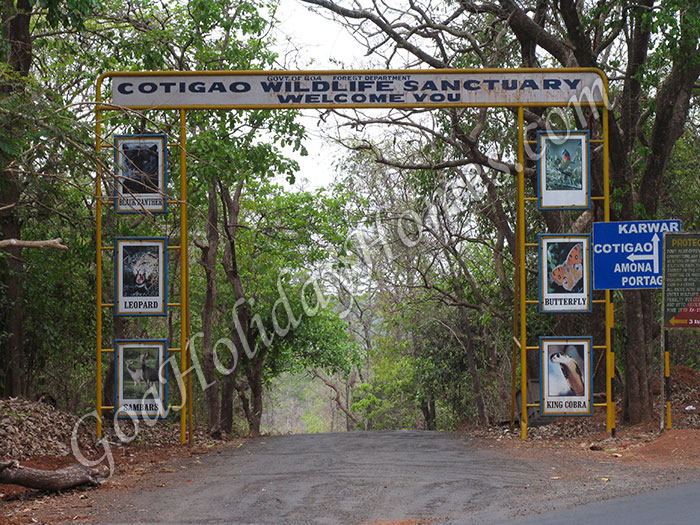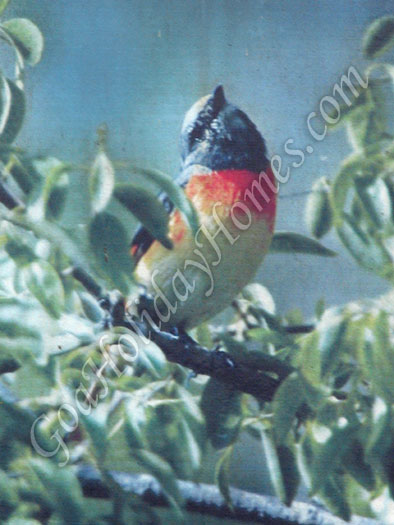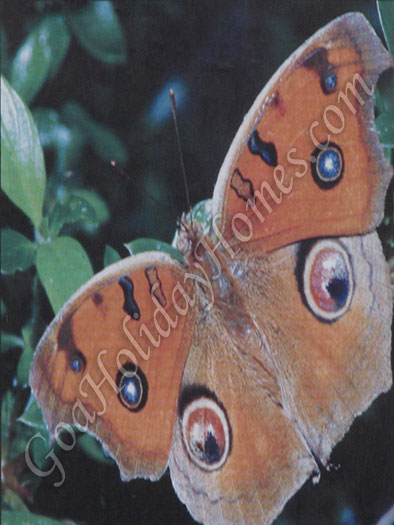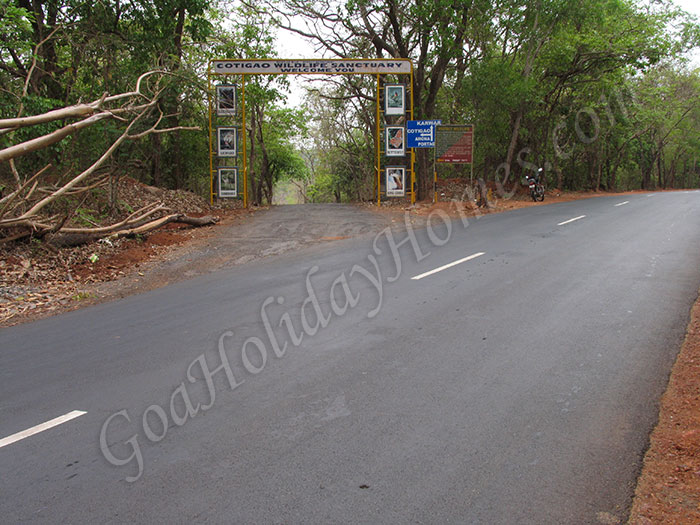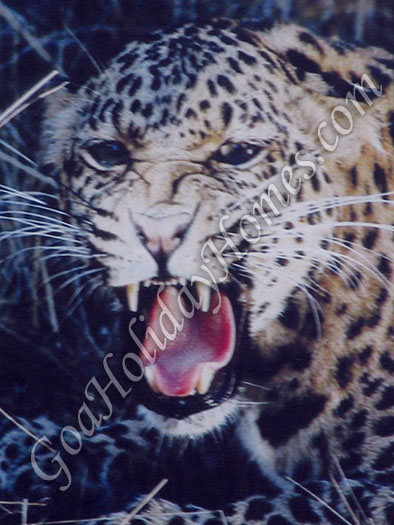Cotigao Wildlife Sanctuary
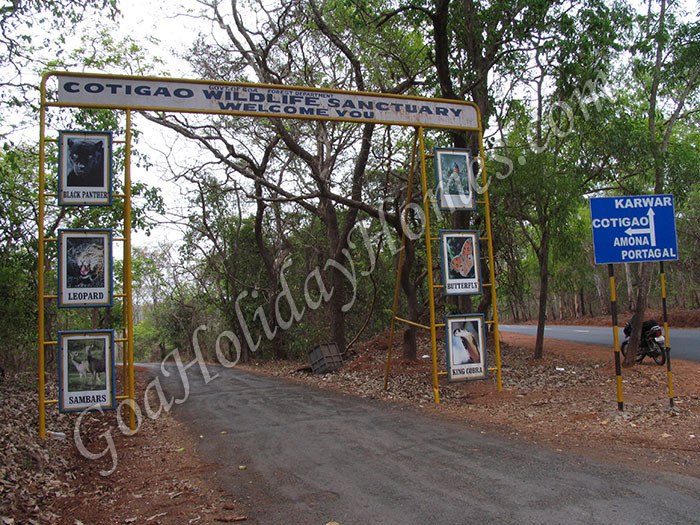
After the Bhagwan Mahaveer sanctuary, Cotigao wildlife sanctuary 10 km southeast of Chaudi in the Canacona subdivision is the state's second largest. Here tree lovers can find a lot of leafy trees with the moist deciduous vegetation and today it is the only extensive area of lowland monsoon forests remaining in Goa. The forest has a lot of wild animals that remain hidden. Galibag and Talpona are the two main rivers of the Cancona subdivision that originate here.
In the jungle there are a lot of roads that connect the Cotigao wildlife sanctuary to villages and also allow the sanctuary to be explored in cars. There are many waterholes in the jungle out of which three have overlooking watchtowers. The cabin of the most famous Treetop, perched 16mt high up on a giant tree is 7km from the sanctuary reception can be reached by climbing over a vertical iron ladder.
One can park the vehicle deep inside the forest and go for walks to enjoy jungle sounds. Also there is a small Bela Lake where you can check out a waterhole nearby for wild animals. One can also peek into the pre modern way of life as within the jungle small settlements of forest dwelling tribes like Velip and Kunbi are found who are thought to be descended from Goa's ancient aboriginal people. A popular folk dance of Goa called Kunbi originated here.
On the highway about 1.5 km from the Cotigao sanctuary gate, a 600-year-old temple devoted to sage Parashuram is located, which is the only of its kind. The Shri Gokarn Partgali Jeevottam Math also known as Partgal Math well known for Vedic studies in the whole of India is near the temple. Over 2000 devotes assemble here in March for a grand feast on the Hindu festival of Ramanvami. Within the sanctuary boundary limits there is a rubber plantation where the processing of rubber is demonstrated. The Cotigao sanctuary is best visited during October to March for animal sightings and is open all day, all year round.
Contact Details
Get Directions:

